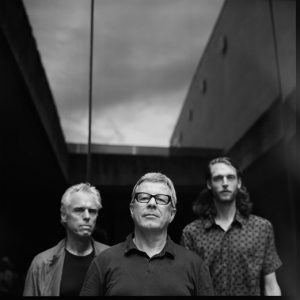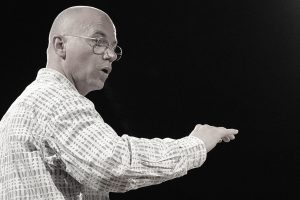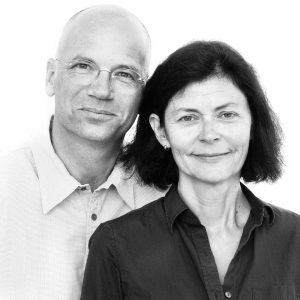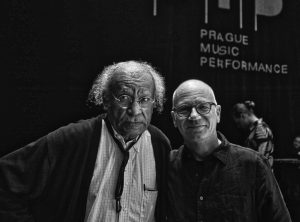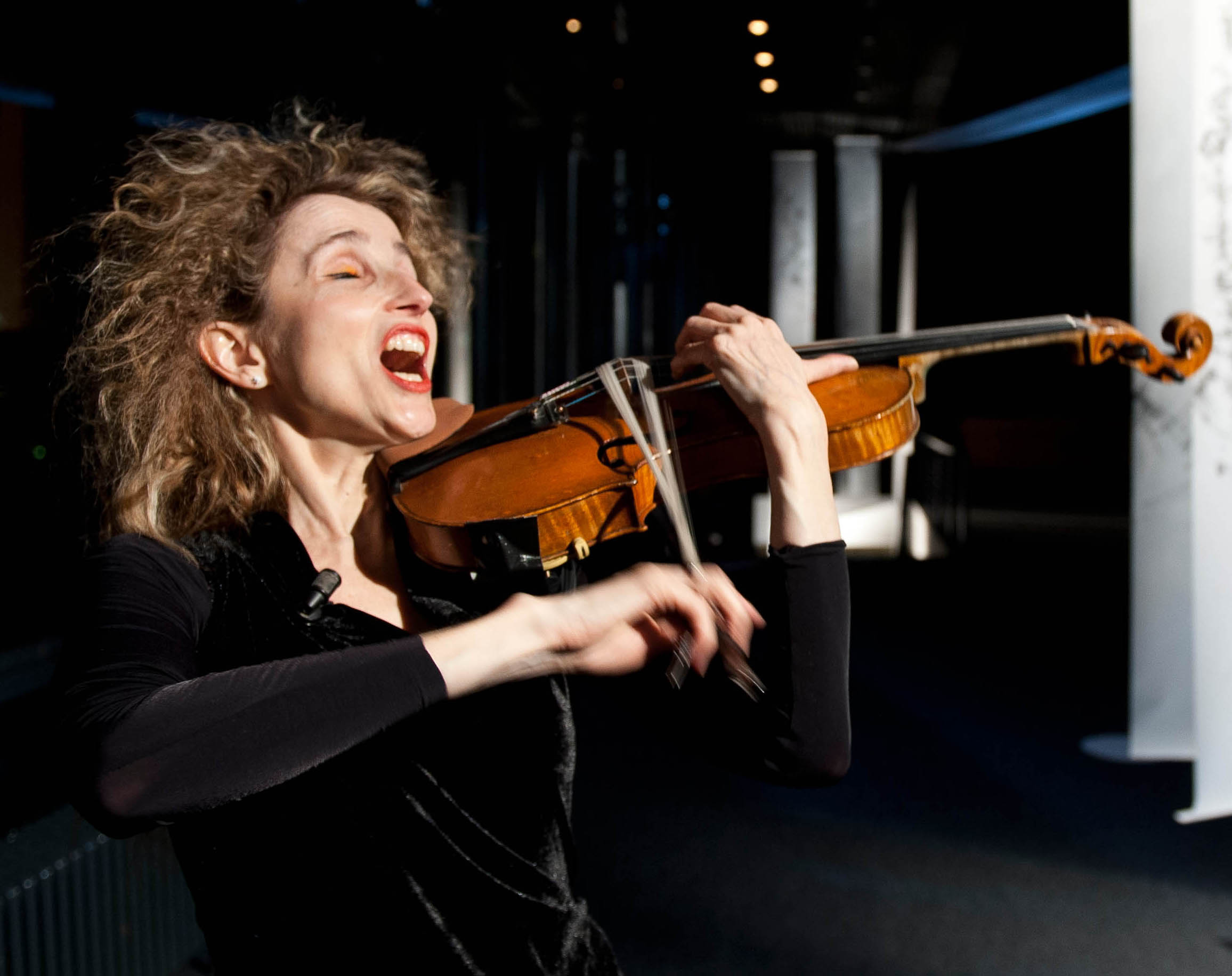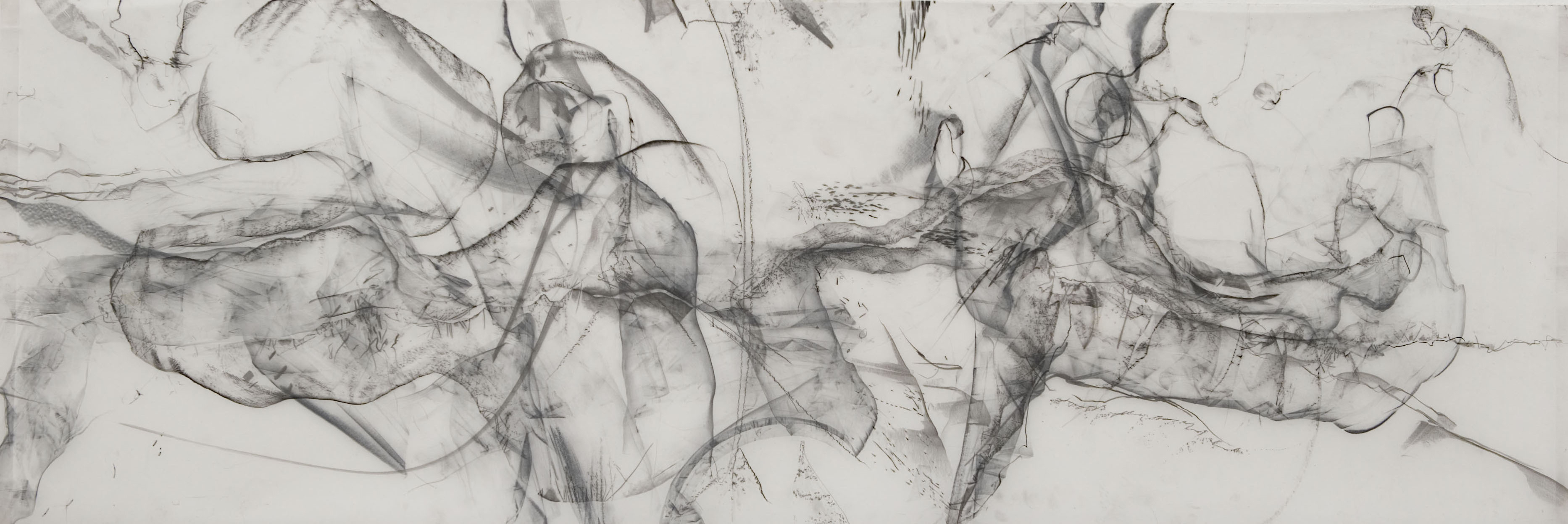Jessie Cox is many things: drummer and composer, Assistant Professor at Harvard University and Swiss citizen with roots in Trinidad and Tobago. In his music and research, he refers to Afrofuturism and travels through earthly and cosmic spaces. His first book will be published in February 2025.
Friedemann Dupelius
“Space is the Place” is what Sun Ra declared on his 1973 album by the same name. The African-American composer and bandleader not only dreamed of space as an imaginary destination – for him, it was also a metaphor for a new and progressive world in which black people would be better off than on Earth. Jessie Cox takes Sun Ra literally: his piece Enter the Impossible Cosmos leads us through a musical universe. He developed it in 2022 for the Sun Ra Arkestra, which continues to exist more than 30 years after the death of its founder.
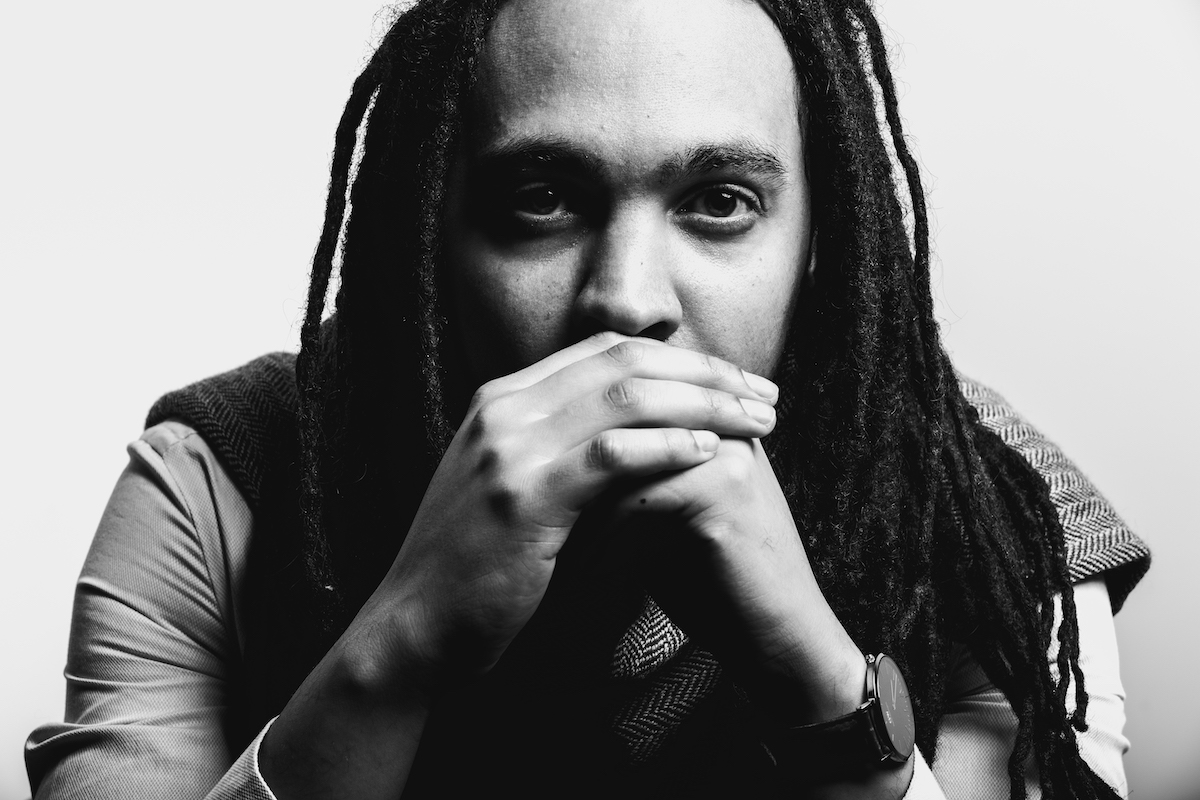
Jessie Cox grew up in Biel/Bienne, Switzerland and now lives in Boston (USA) / © Adrien H. Tillmann
Instead of Venus and Saturn, the planets in Cox’s cosmos have names such as KB, RT or LBD-Moon and instead of a rocket, the journey takes place in the virtual world of the “Unity” gaming platform, which also hosts the visual score of the music. Ideally, the audience also sees this world on a screen during the performance, as the musicians move through virtual space and experience various so-called ‘adventures’.
The musical space of planets
Enter the Impossible Cosmos has elements of a role-playing game: the planets have different characteristics – their gravity, their atmosphere (i.e. gaseous), their distance from the sun and the possible forms of life on them (i.e. ‘sound-based life’). This should encourage the musicians to imagine their own sounds, matching the planets they are currently on during their journey in the piece. Musical orientation is provided by certain pitch ranges and timbres that are assigned to the planets. “The planets are metaphors for musical spaces,” explains Jessie Cox. “It’s about creating a space in imagination through sound. Imagining other worlds is central to Afrofuturism – even if it’s just a small, better world that we can create in music.”
A performance of “Enter the Impossible Cosmos” with an ensemble from KASK & Ghent Conservatory from 2022
The musicians do this by choosing a “character”, i.e. by slipping into a specific role. Each character has different abilities to move around the cosmos and interact with others: “It’s about relationships, about encounters – I like that word with that sci-fi undertone,” says Cox. Finally, the adventures are instructions to move around in the imagined universe, to change position or even planet (i.e. sound world). No two performances of Enter the Impossible Cosmos are the same; each one is a journey into the unknown. It can be undertaken by ensembles of any size and with any cast.
Bending the white space
Jessie Cox’s composition Black/blackness – After Mantra(s) for solo piano is also based on the same principle, the same game world. It was created during an “encounter” with pianist Simone Keller and can be found on her album Hidden Heartache, which is dedicated to marginalised composers of the last 100 years. It is programmed into this piece that the planets change depending on how often you have travelled them. The pianist is equipped with “sense organs” – a special set of methods for playing the piano.
“Black/blackness – After Mantra(s)” was released in 2024 on Simone Keller’s album “Hidden Heartache”
Before the journey through the planets begins, Simone Keller plays a scale at the beginning of Black/blackness – After Mantra(s) – that seems to descend endlessly, then ascends, until suddenly there is a too large interval: the well-tempered space of the white keys, which are always arranged at the same distance from each other, is bent and broken up. For Jessie Cox, this is also a reference to an acoustic phenomenon: “White noise contains all frequencies in equal proportions. As part of sound art, white noise is established today and marks whiteness as a certain, normative condition of existence. But I want to break this up. I like that the concept of noise is ambiguous in German (“Rausch” can be translated with intoxication or frenzy induced by states of mind and/or drugs).” Jessie Cox’s aim is to open up spaces in which the absurd can take place and to use them in order to reflect on our relationship to them, the environment and life in general. “This also means thinking about exploitation, colonialism and anti-blackness – but also, more positively: about blackness, creolisation, utopias and solidarity!”
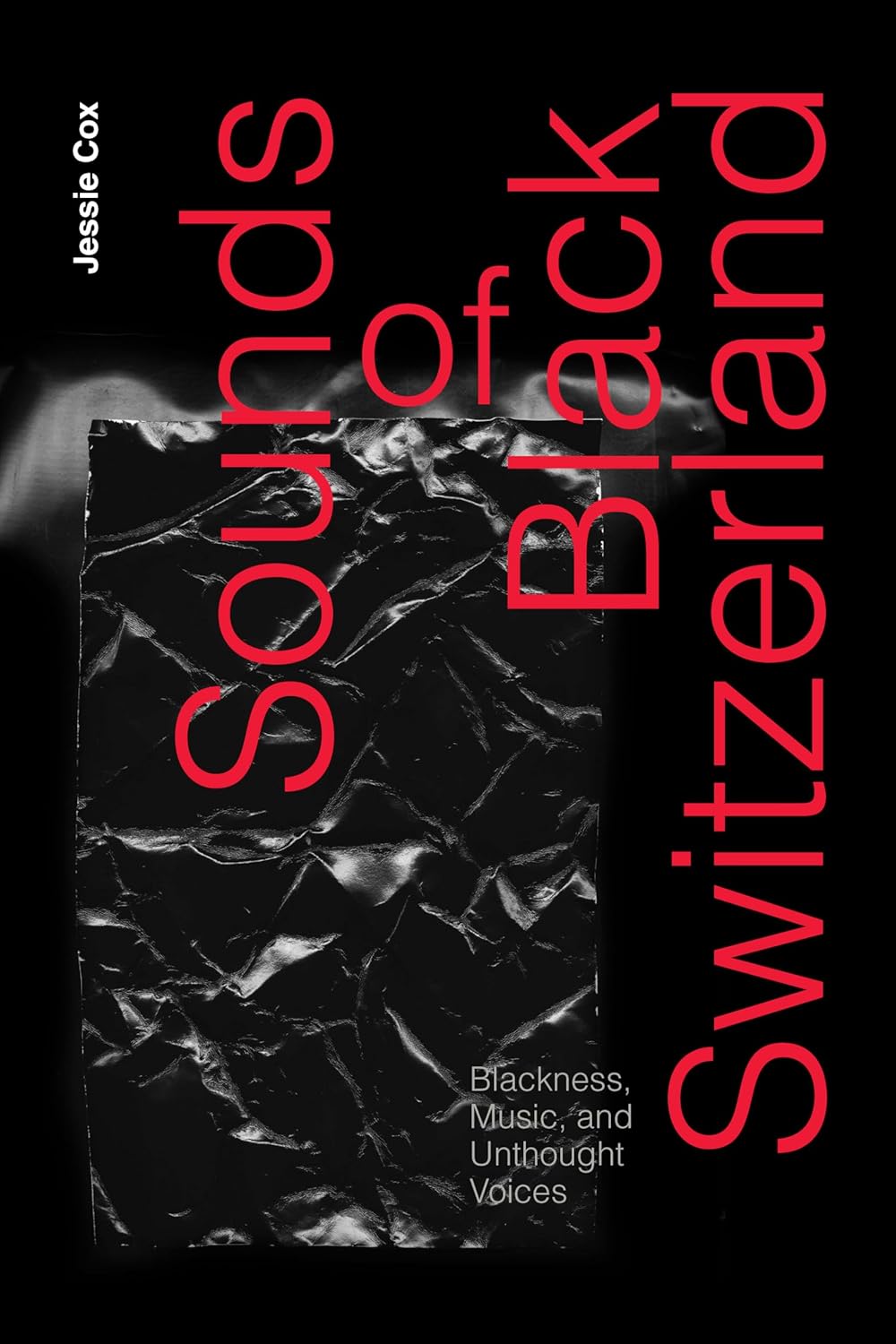
Jessie Cox’s book “Sounds of Black Switzerland” was published by Duke University Press in February 2025
Jessie Cox’s research and thoughts have now culminated in a book: Sounds of Black Switzerland was published in February 2025 – the first book dedicated to Black music in Switzerland. “The terms ‘Black Switzerland or Afro Swiss’ could hardly be found in any publication during the writing process. I want to open up a discourse, find a language where there isn’t one yet. Music can be a method for this.” Across the genres, from new music to rap and electronic to pop, Cox presents musicians and pieces and uses them to discuss “Black Life” in Switzerland. Last but not least, Jessie Cox wants to inspire new ways of listening – through the book and through his music. There is a vast, as yet unknown space that we can explore with our ears.
Friedemann Dupelius
Website Jessie Cox
Website Sun Ra Arkestra
The virtual game world of „Enter the Impossible Cosmos“
Simone Keller: Hidden Heartache on Bandcamp
Book: Sounds of Black Switzerland (Duke University Press)
Also on neo.mx3:
neo.mx3: Simone Keller – forgotten piano music rediscovered
neo.mx3: New listening environments for new music (Jessie Cox at Lucerne Festival Forward)
Neo profiles:
Jessie Cox, Simone Keller



